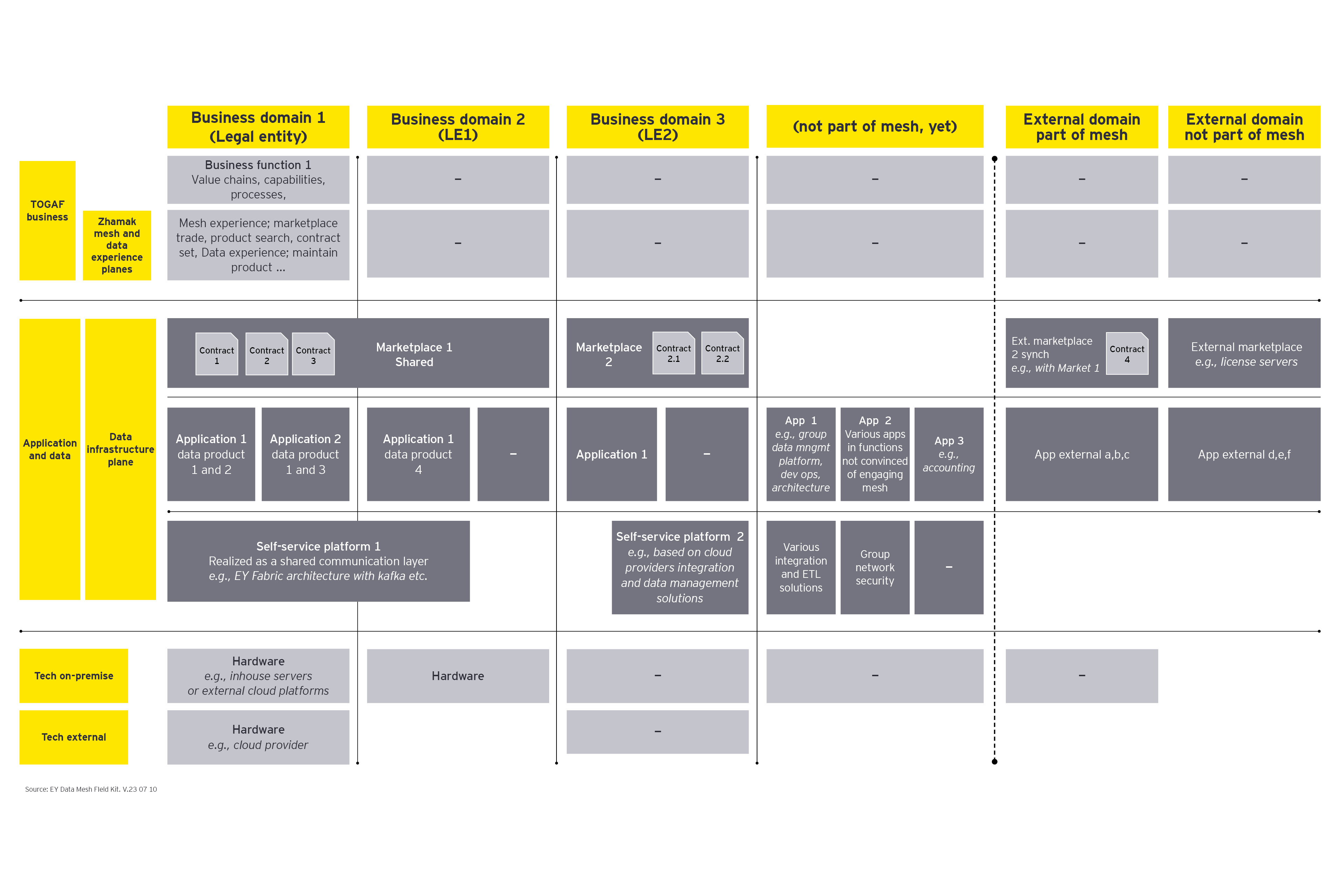We will explore a few of these risks in this article but before that its worth mentioning one quite significant benefit which is how banks can leverage data mesh to enhance their investments in group-wide mandatory central data warehouses and platforms. For instance, most large Nordic banks have well over 3,000 IT systems running in parallel, and the effort to centralize all related data has proven complex, with issues ranging from resource bottlenecks to unnecessary integrations, outdated central data catalogs, and business teams' preferring alternative solutions. Consequently, banks have begun exploring data mesh-like solutions in parallel as part of their ongoing evolution and in hope of finding a value adding balance between “stifling but organized centralization” and “simple but overlapping federated data management”.
We have advised clients on risk management for well over a century, including strategies on how to navigate regulatory and business driven data risks. Data mesh is no exception and while we cannot share our complete risk catalog here, we will give you some examples which are: mismatched local data silos, failure in meeting data contracts, data producers and consumers – failing to report changes, incomplete cost impact assessments and neglected considerations for scalable solutions.
When it comes to mitigating these risks, we see a recurring topic which is the data marketplace (Fact box 2). This component appears to play a pivotal role in building a functional data mesh and it is borderline to being a necessity in mitigating many of the aforementioned risks. In particular, when equipped with the following two experimental features: monetary and contractual incentives.
In short, a data marketplace incorporating monetary and contractual incentives seems to reduce risks even more than those who do not. As these two incentives may appear as complex features to implement, let us share some of the rationale behind them.
First, assigning value to intangible assets is not a novel concept. Similar to the introduction of goodwill in the 1940s data is acknowledged to have value. While we are not proposing changes to balance sheets as such we still argue that discussing this value of data in the light of the persistent global ecosystem trend holds relevance, and the data marketplace appears to be a suitable starting point for such value or monetization discussion.
Second, banks have long managed externally procured data with diligence and rigor. The primary distinction between these data flows and the internal ones is the presence of monetization and contractual incentives. We simply see potential value in extending these practices to internal data.
Third, a marketplace without monetization risks becoming a stagnant, disregarded and painful governance component — similar to many current data dictionaries, catalogs and other metadata solutions — instead of a vibrant, natural and simple source of insight.



